Registration Form Samples
-
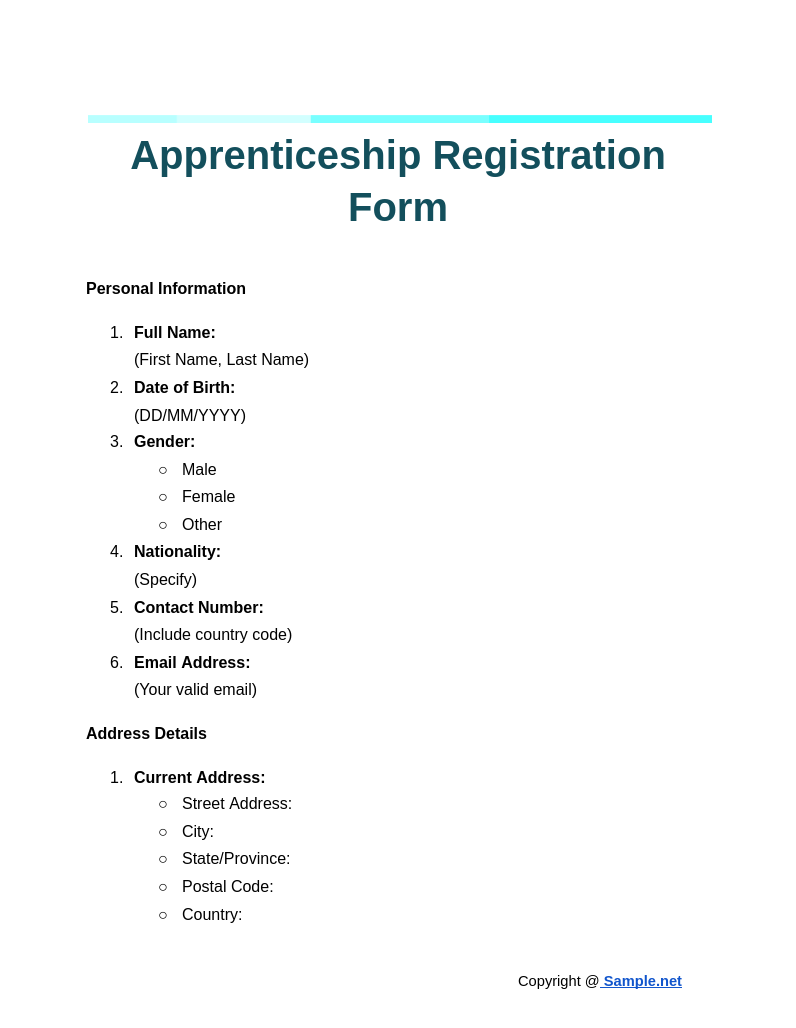
Apprenticeship Registration Form
download now -
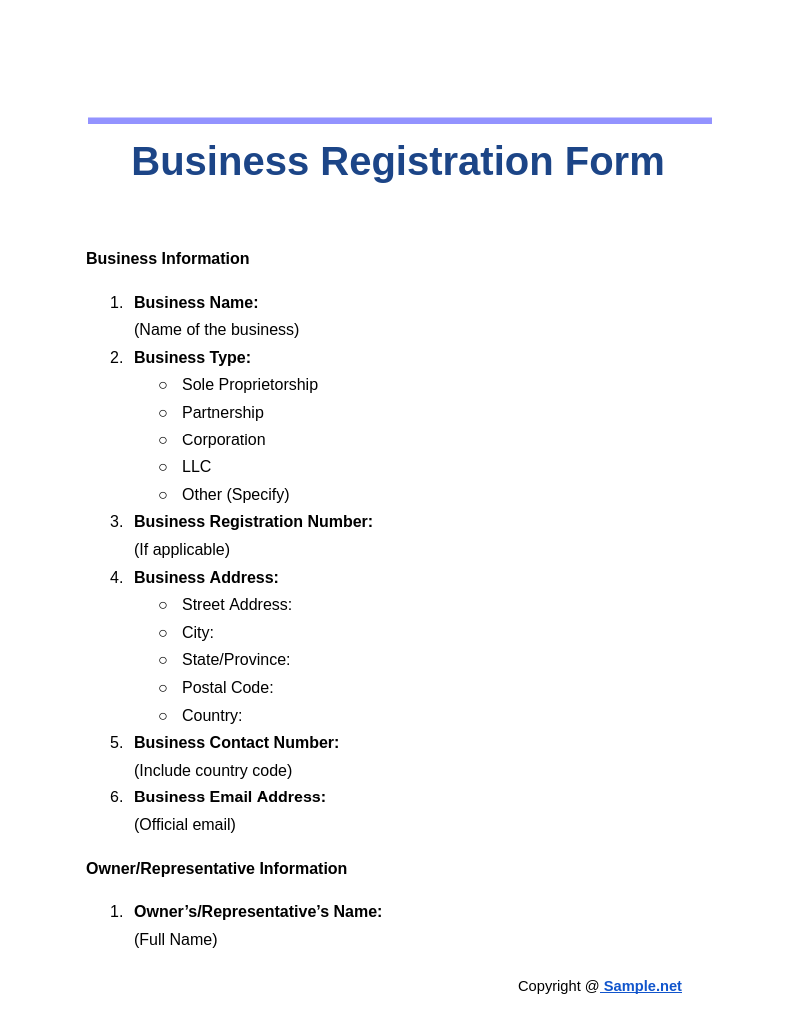
Business Registration Form
download now -
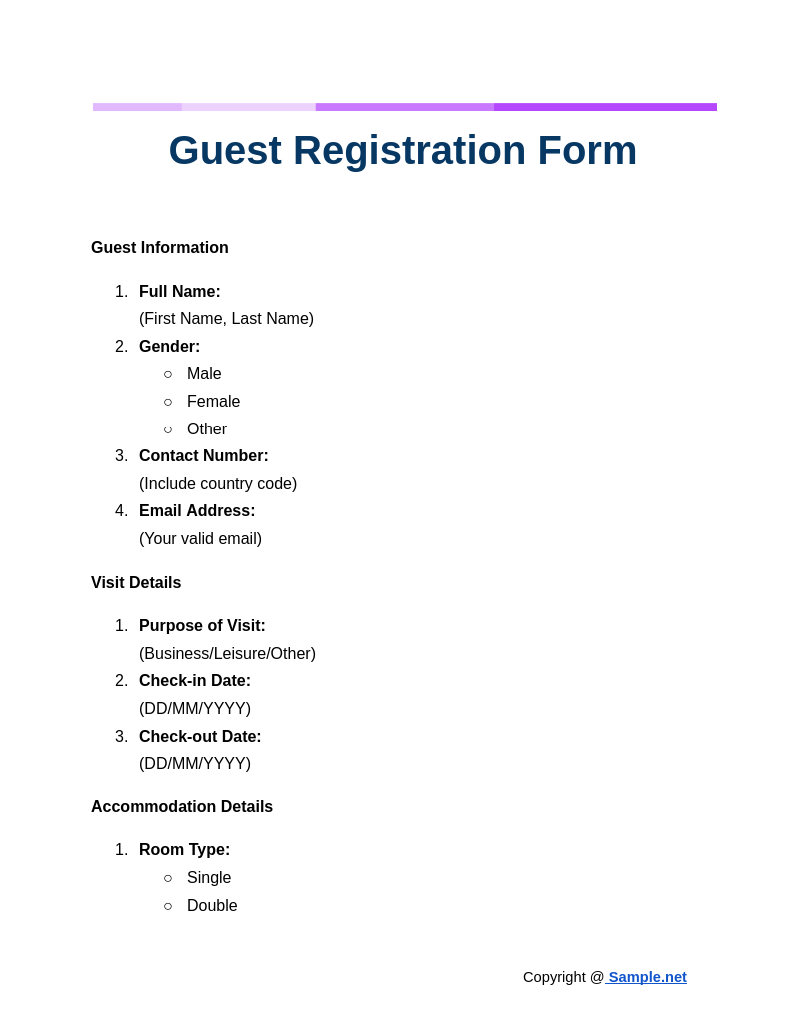
Guest Registration Form
download now -
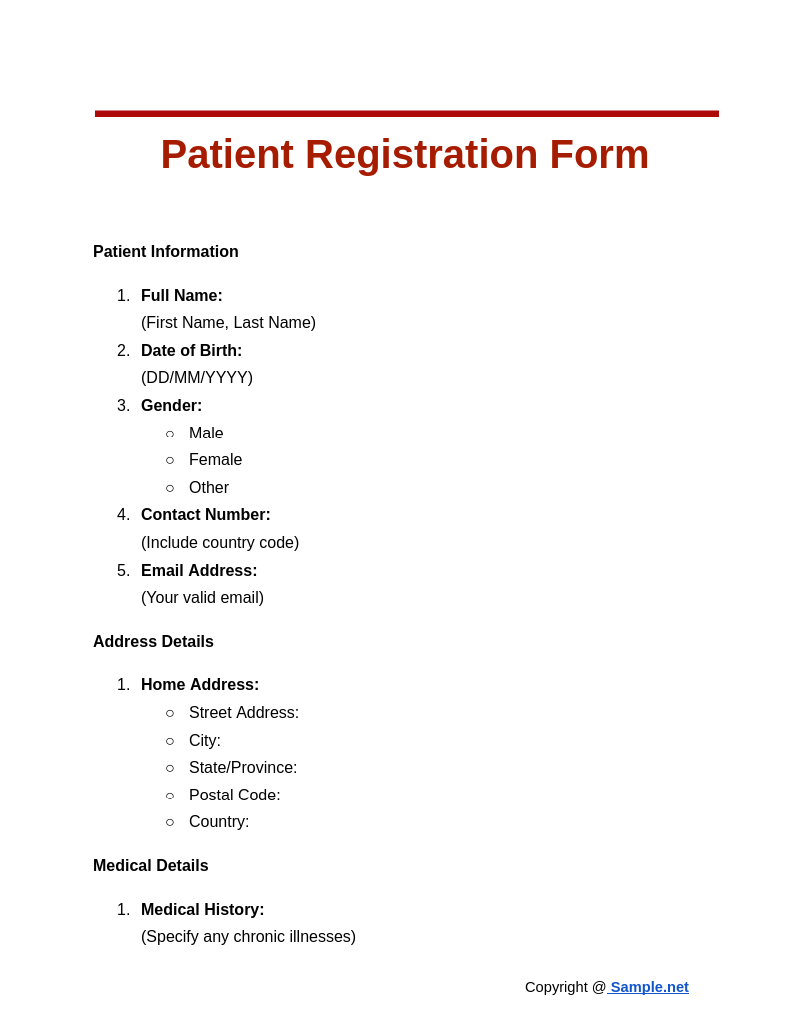
Patient Registration Form
download now -
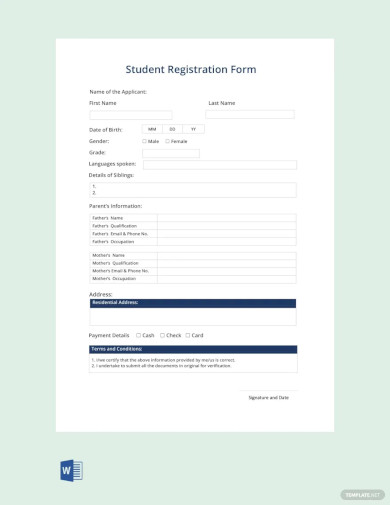
Student Registration Form Template
download now -
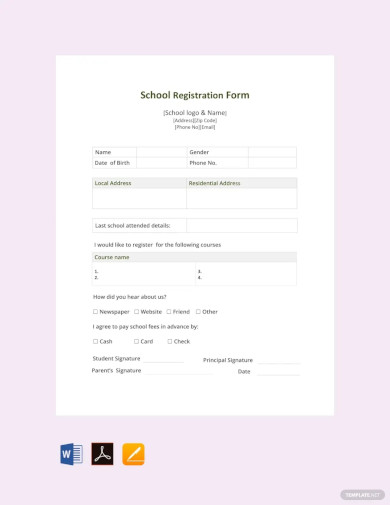
School Registration Form Template
download now -
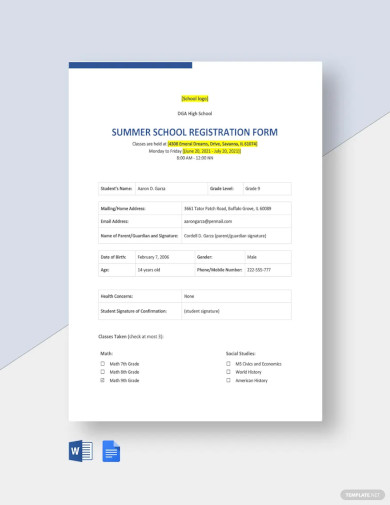
Summer School Registration Form Template
download now -
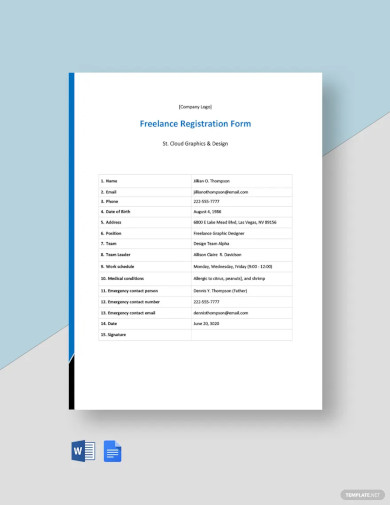
Freelance Registration Form Template
download now -
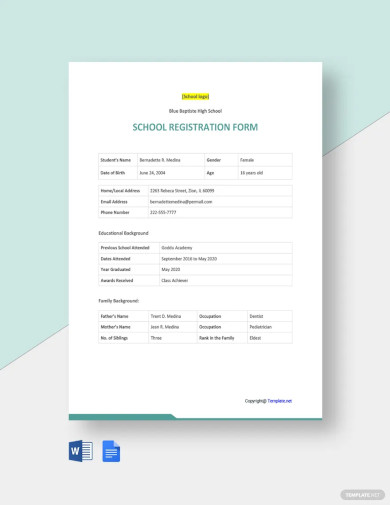
Sample School Registration Form Template
download now -
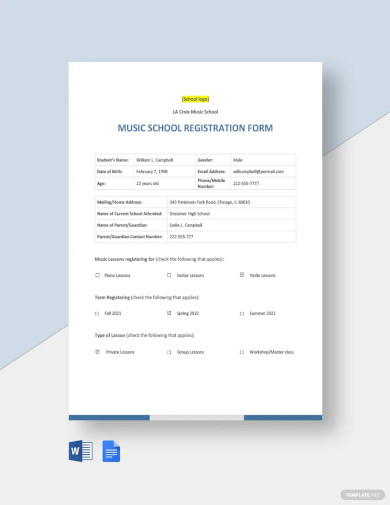
Free Music School Registration Form Template
download now -

Exam Registration Form Template
download now -
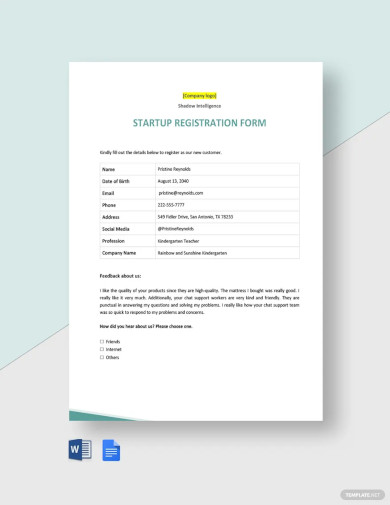
Startup Registration Form Template
download now -
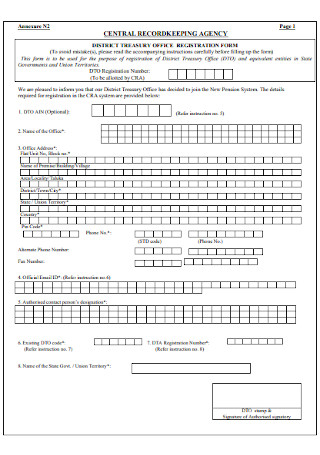
Event Registration Form
download now -
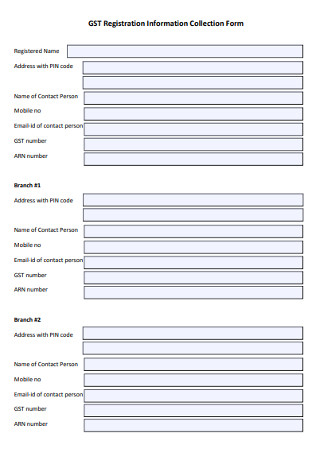
Registration Collection Form
download now -
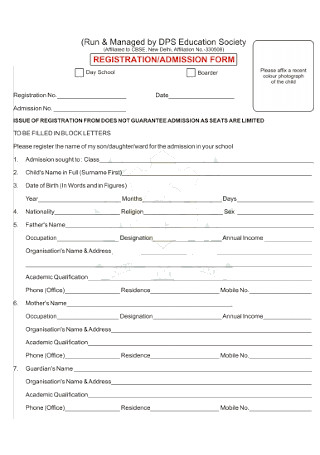
Admission Registration Form
download now -
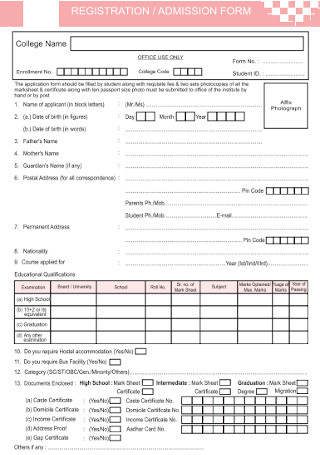
College Registration Form
download now -
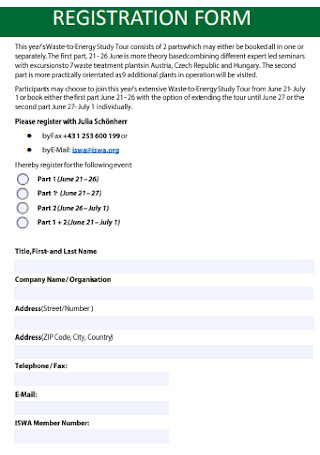
Sample Registration Form
download now -

Institute Registration Form
download now -
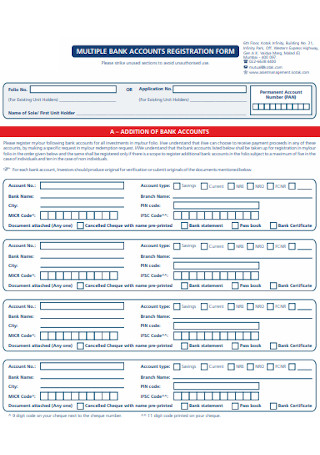
Bank Account Registration Form
download now -
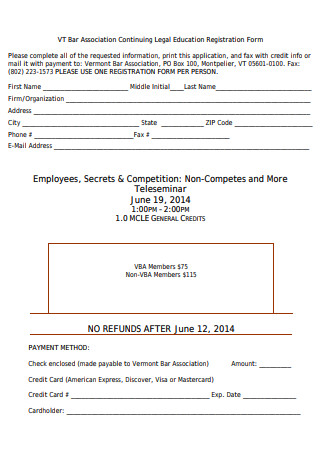
Legal Education Registration Form
download now -
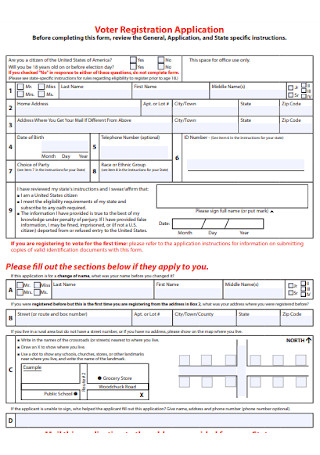
Voter Registration Application Form
download now -
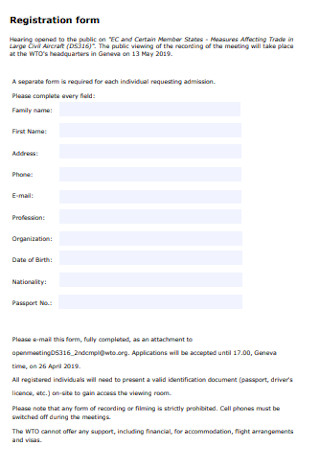
Trade Organization Registration Form
download now -
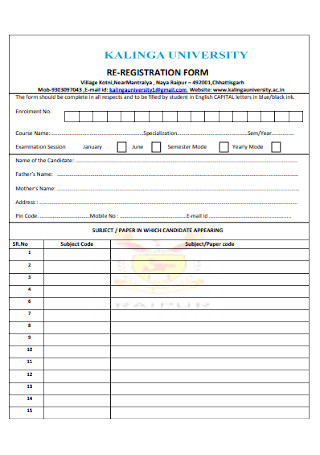
University Registration Form
download now -
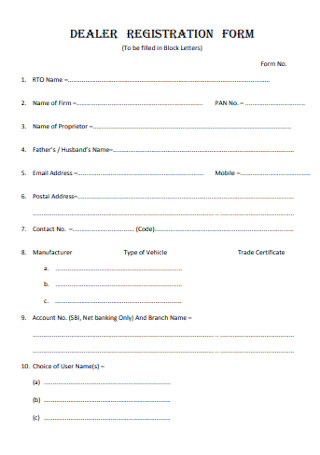
Dealer Registration Form
download now -
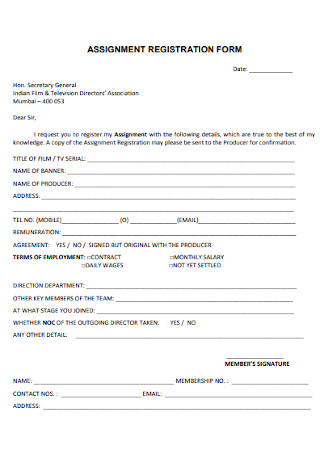
Assignment Registration Form
download now -
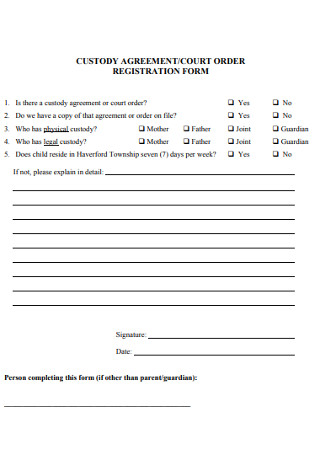
Agreement Registration Form
download now -
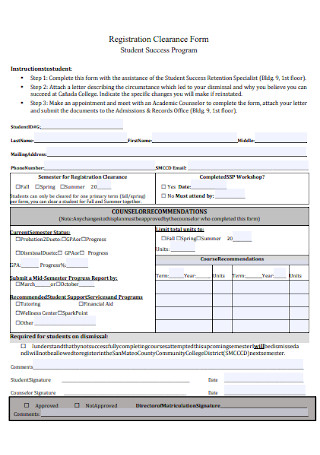
Registration Clearance Form
download now -
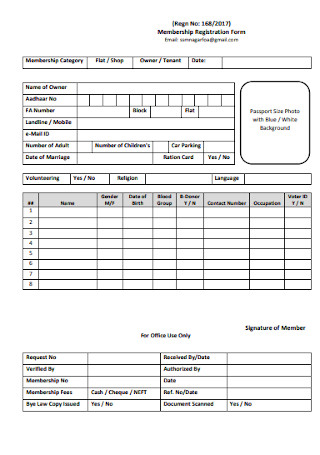
Membership Registration Form
download now -
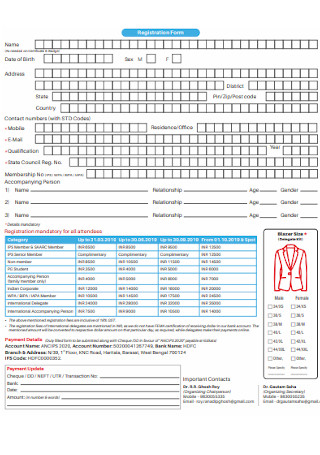
Psychiatric Society Registration Form
download now -
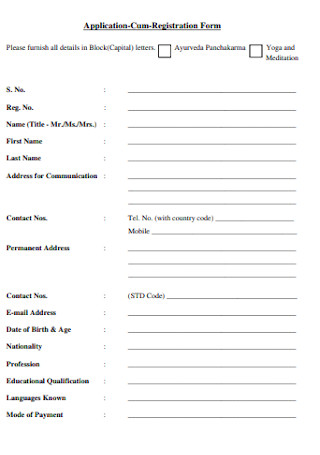
Printable Registration Form
download now -
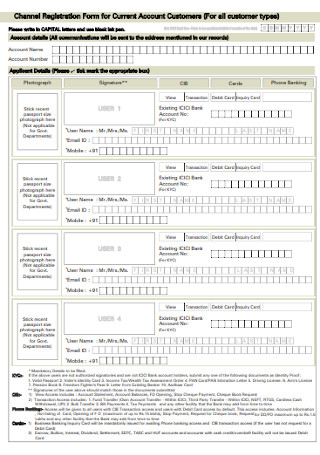
Employee Registration Form
download now -
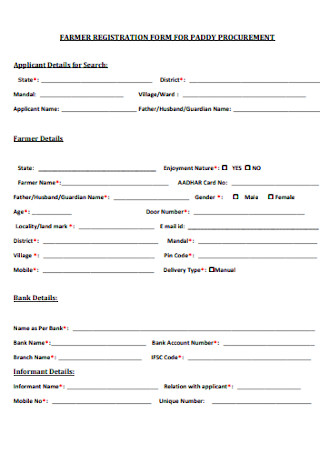
Farmer Registration Form
download now -
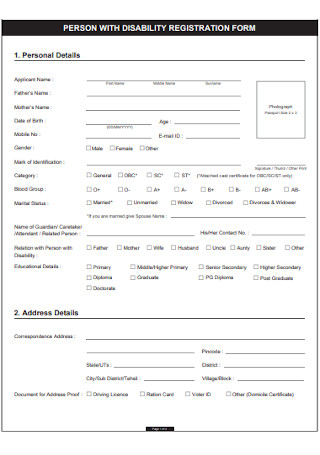
Design Registration Form
download now -
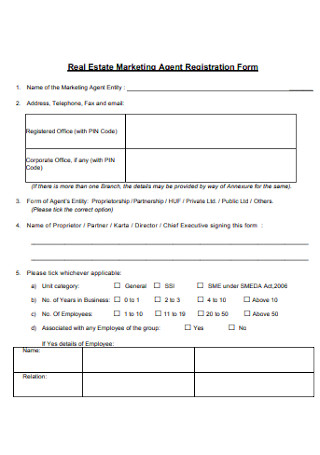
Real Estate Registration Form
download now -
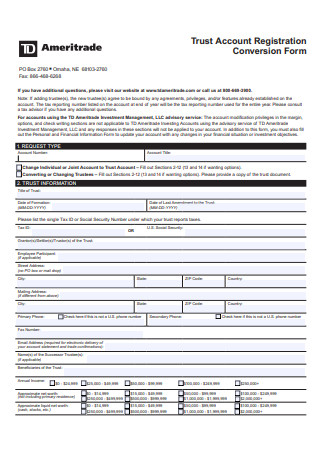
Hotel Registration Form
download now -
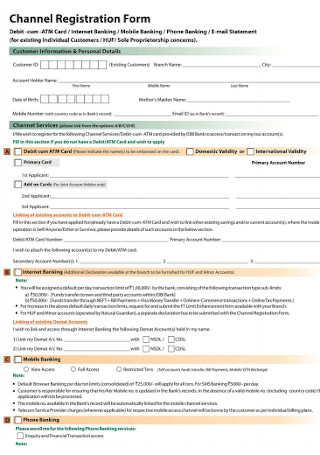
Blank Registration Form
download now -
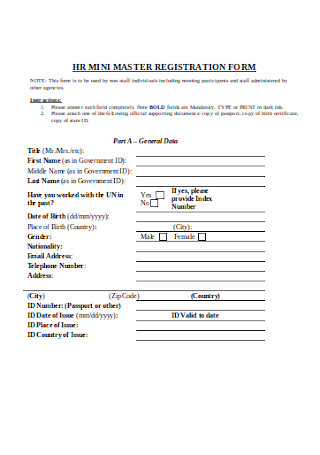
HR Registration Form
download now -
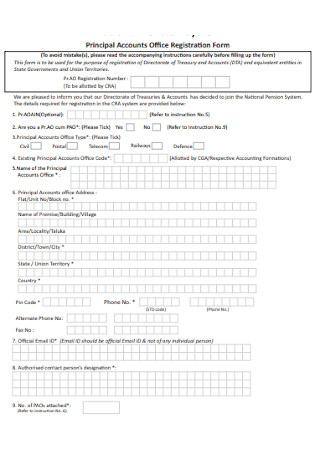
Church Registration Form
download now -
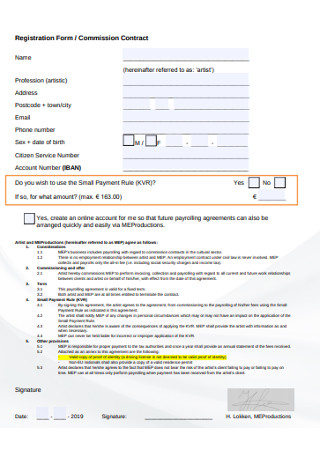
Class Registration Form
download now -
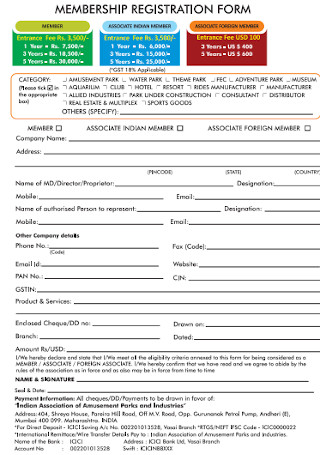
Course Registration Registration Form
download now -
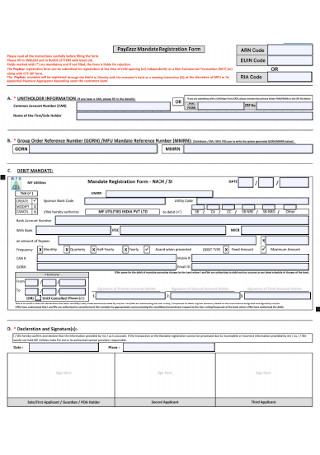
Dance Regiistration Form
download now -
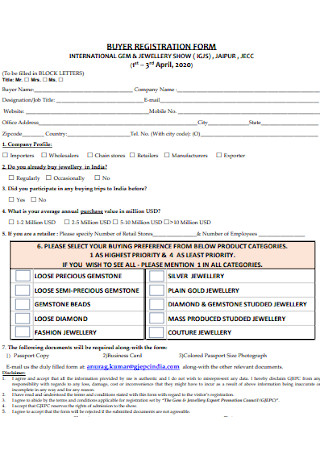
Validation Registration Form
download now -
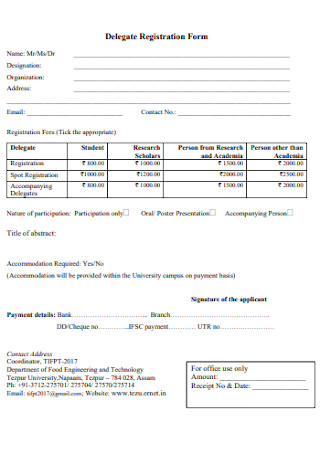
Kindergarten Registration Form
download now -
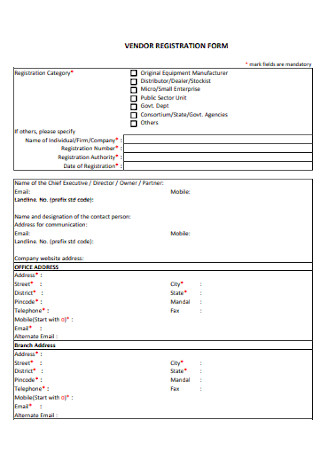
Vendor Registration Form
download now -
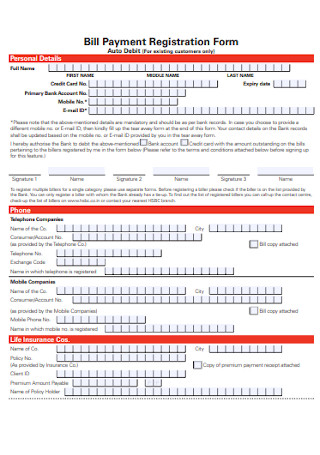
Bill Payment Registration Form
download now -
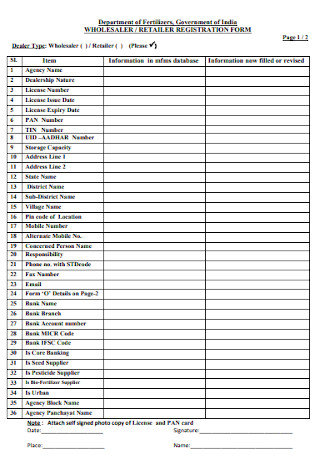
Retailer Registration Form
download now -
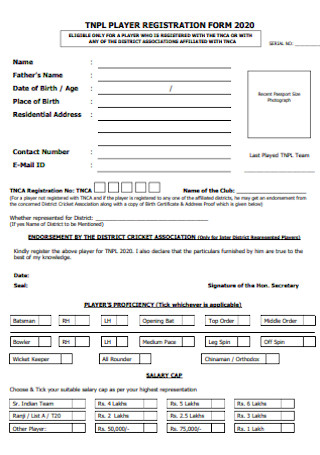
Gym Registration Form
download now -
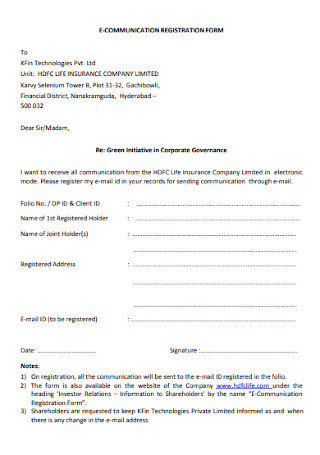
E-Communication Registration Form
download now -
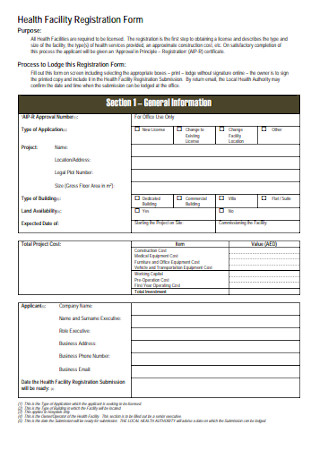
Health Facility Registration Form
download now -
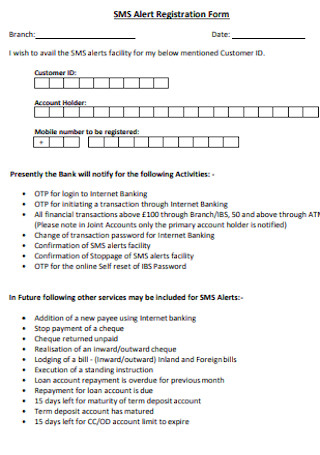
Alert Registration Form
download now -
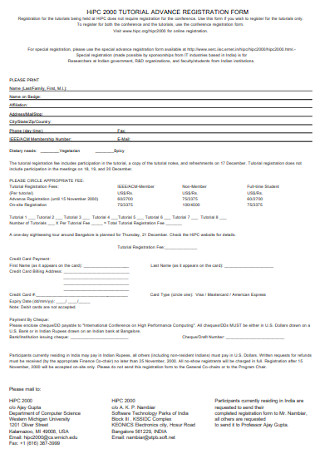
Tutorials Advance Registration Form
download now -
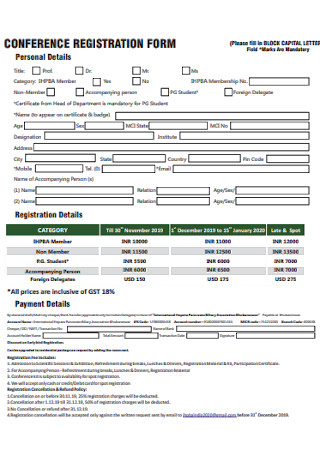
Sample Conference Registration Form
download now -
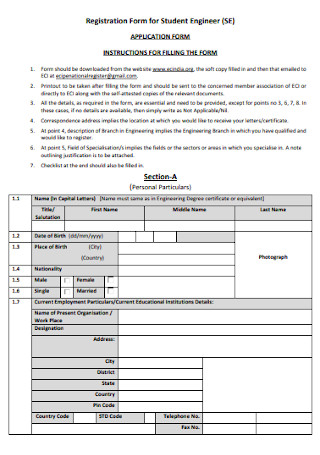
Registration Form for Student Engineer
download now -
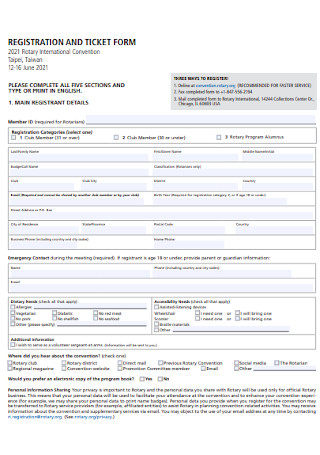
Registration and Ticket Form
download now -
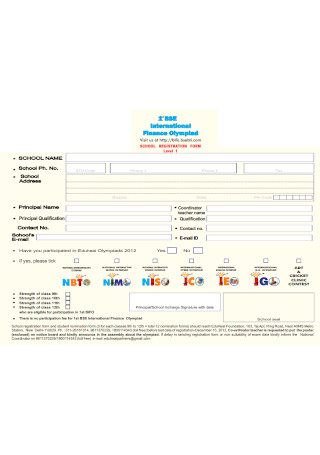
Sample School Registration Form
download now -
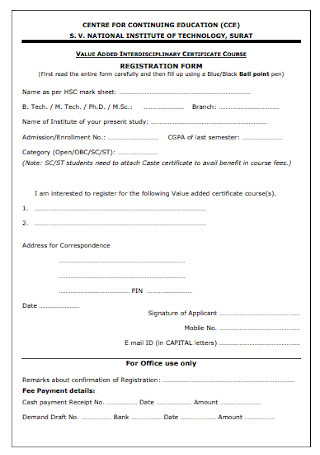
Certificate Registration Form
download now -
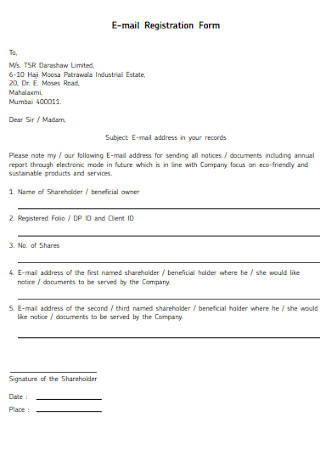
E-Mail Registration Form
download now -
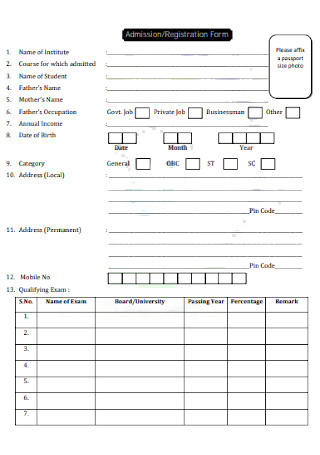
Sample Admission and Registration Form
download now -

Formal Registration Form
download now -
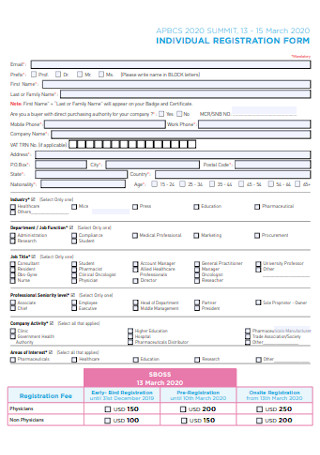
Individuals Registration Form
download now -
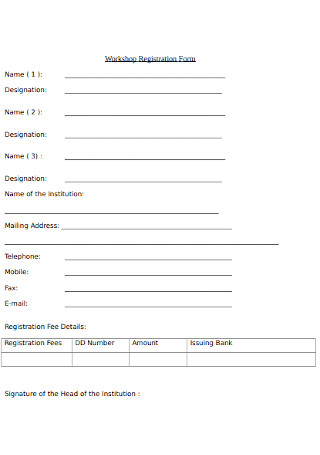
Workshop Registration Form
download now -
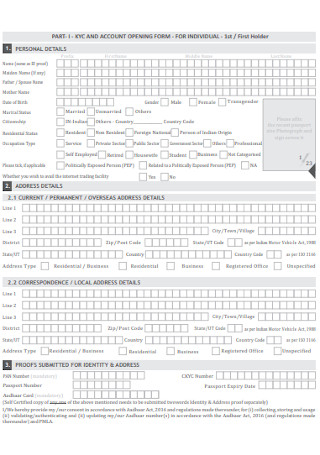
Client Registration Form
download now -
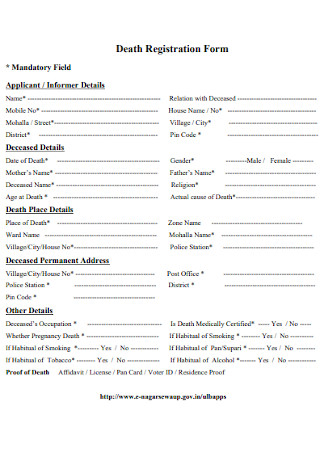
Sample Death Registration Form
download now
FREE Registration Form s to Download
Registration Form Format
Registration Form Samples
Registration Forms: What Are They?
Why Are Registration Forms Essential?
What are the Elements of a Registration Form?
How to Create a Registration Form
FAQs
What are the three main features of a registration form?
What is customer registration?
What is a school registration form?
What makes a registration form user-friendly?
What is conditional logic in registration forms?
How often should registration forms be optimized?
How does a registration form impact user experience?
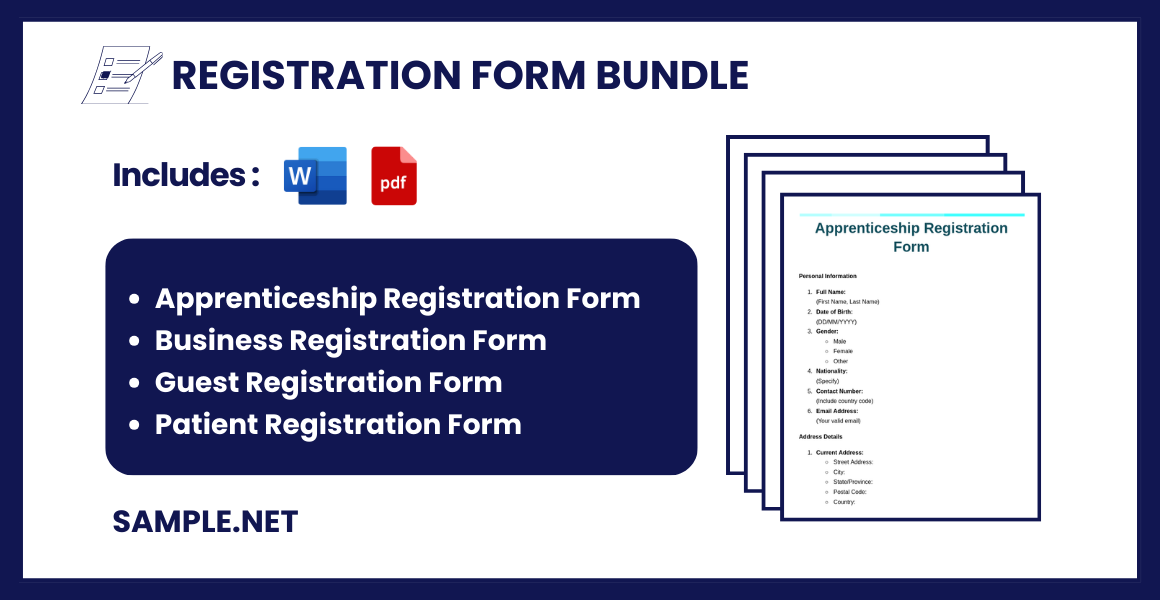
Download Registration Form Bundle
Registration Form Format
Personal Information
1. Full Name:
(First Name, Last Name)
2. Date of Birth:
(DD/MM/YYYY)
3. Gender:
Male
Female
Other
4. Nationality:
(Specify)
5. Contact Number:
(Include country code)
6. Email Address:
(Your valid email)
Address Details
- Current Address:
- Street Address:
- City:
- State/Province:
- Postal Code:
- Country:
- Permanent Address:
- Same as current address
- If different:
- Street Address:
- City:
- State/Province:
- Postal Code:
- Country:
Educational Details
1. Highest Qualification:
- Degree/Certificate:
- Institution Name:
- Year of Passing:
2. Skills and Expertise:
- Skill 1:
- Skill 2:
- Skill 3:
Emergency Contact
1. Name:
(Full Name)
2. Relationship:
(Relationship to the applicant)
3. Contact Number:
(Include country code)
Agreement
- I hereby declare that the above information is true and correct to the best of my knowledge.
- I agree to the terms and conditions.
Signature:
(Upload or sign)
Date:
(DD/MM/YYYY)
Registration Forms: What Are They?
A registration form is an effective tool to gather details about your potential guests of an event or activity. These forms, whether they are printed or online forms, will ask attendees to write their names, signatures, and other identification details. And it is crucial for instances where someone’s presence needs to be highlighted. An example is when all attendees of a business conference report should be recorded since they will be given gift certificates after the program. Hence, those that did not encode their details in the form would not receive such certificates.
According to Statista, Spain, France, and the UK had the biggest drop in new car registration sales during November 2020 due to the coronavirus pandemic.
Meanwhile, it was reported that social media claims about the 133 million registered voters who voted for Joe Biden used flawed logic and not mathematically correct. You can also see more on Membership Forms.
Why Are Registration Forms Essential?
Tracking information sheet is the most relevant reason why a registration form is important. Since attendees jot down their names, addresses, contact numbers, and other details, event organizers can check who has attended or not attended. Also, if there is an attendee that needs to be contacted for any reason, that guest’s contact details are helpful enough to reach him or her. And you would prefer knowing who is part of your program rather than inviting complete strangers, which could be dangerous anyway. Also, registration forms are not one-dimensional where they only work for events. People can also register to vote, drive a car, or be a member of a private club.
Furthermore, a registration form is helpful for marketing goods or services you are planning to sell. That is if the attendees who shared their information gave their consent that their personal details can be used for marketing. Another importance of registration forms is to solve problems. A common example is the voting system in the US. According to a Reuters research survey, social media claims have been speculating that there were only 133 million registered voters in favor of Joe Biden. Yet, flawed logic was used since the calculations were mathematically incorrect. Hence, registrations can help answer questions from the data collected.
What are the Elements of a Registration Form?
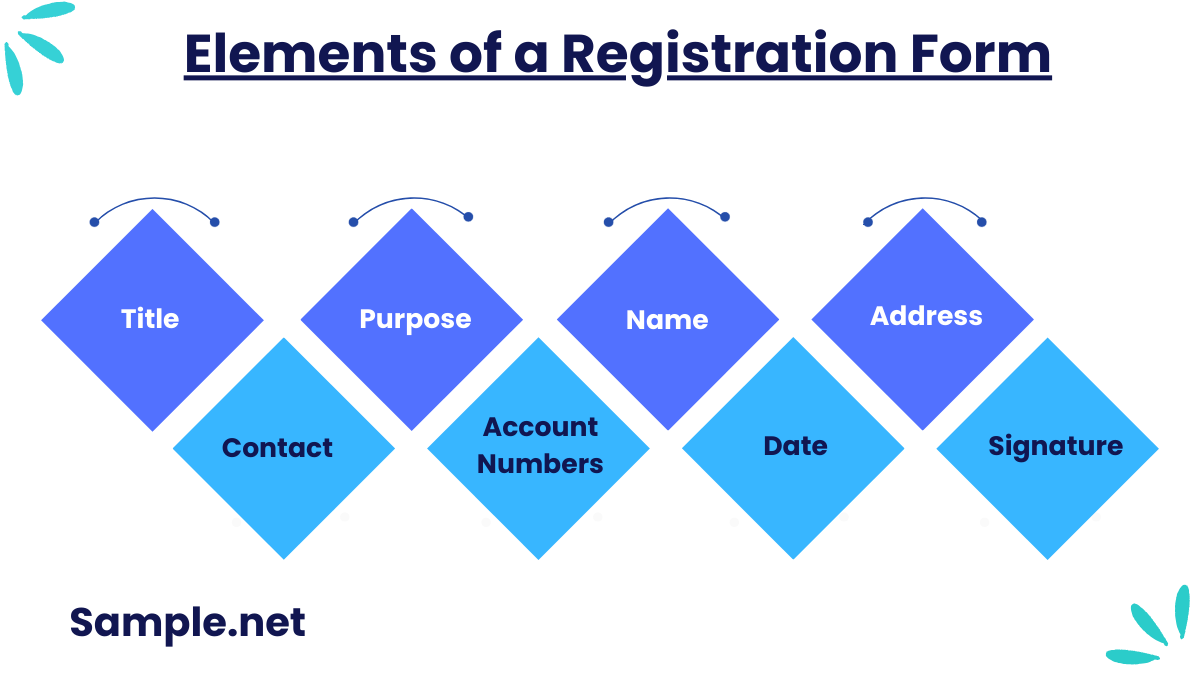
There is no perfect guide on what a registration form’s content should be. The truth is the document’s content really depends on what essential details to ask and what the nature of the event is. Some may require detailed information but some forms just ask for the name alone. But generally, the common elements you can find in a registration form are the following:
How to Create a Registration Form

Now that you have been introduced to a registration form’s meaning, significance, and elements, let us dive into the process of making the registration form itself. It is crucial that you know of the best steps to formulate an effective registration form. Otherwise, your document might not be used efficiently and effectively. Rest assured, the process is quite easy. Just follow these simple steps:
Step 1: Know Your Purpose
Yes, you are about to craft a registration form. But one of the essential elements in a registration form is its purpose. Thus, you should know what the registration is wholly about. Are you planning a dance class, gym club, or maybe business meeting minutes? Decide it first. That way, you will know how to tailor the whole registration form, wherein only relevant details to your purpose will be observed in its layout and content.
Step 2: Select a Template to Customize
After you finalize your purpose, use a template to edit. Have you checked out our sample registration form templates already? We have plenty of options that match your specific needs. And you can create adjustments to each template too. Hence, you need not adjust to sample forms. Improve your registration form according to your goal. So whether you go for a creative or more personalized version than a standard professional version, do it.
Step 3: Insert the Necessary Elements
Can you still the important elements of a registration form that were discussed earlier? Review them again and check which elements are needed specifically for your registration form. So if you are running a business conference registration, you would likely ask every employee’s name, job position, or account numbers if payments are involved. There is no need to add all elements though because only the relevant ones are necessary. Be sure that what you ask from those who register are all that you need to know about them in terms of registration.
Step 4: Organize the Presentation and Design
Indeed, a detailed registration form is good but not to the point where there is too much information inside as well. Keep things organized. Specify some words if there are lengthy sentences. Also, there might not be enough room for guests to write their answers because of having very little extra space inside the document. Or perhaps, guests have a hard time knowing what to write because of the hard-to-read texts in the form. Hence, improve the registration form’s design and presentation in an organized way. You can also see more on Maintenance Forms.
Step 5: Make It Easy to Follow
Sometimes the problem with a registration form is when it is hard to follow. Make it user-friendly too. That way, people can just write conveniently and effortlessly. You can include some instructions to make it even easier to follow. A tip is to be in the shoes of who is supposed to register in that document. Do you think it is easy enough to understand its content and finish writing it quickly? If the answer is yes, then keep it. Improve if results are bad.
Step 6: Finalize the Format
How do you want this registration form to turn out in the end? Do you prefer the MS Word or PDF format? Also, do you like registration forms in printed copies or online versions? Keep things sure with your decisions before launching the registration forms. Lastly, you have to conduct an evaluation report until the final copy is in its perfect shape.
A registration form is a vital tool for collecting user data. It ensures seamless interaction, effective communication, and organized data management. Implementing a user-friendly registration form can significantly improve the onboarding process, making it easier for users to connect and engage with your services or events. You can also see more on Program Forms.
FAQs
What are the three main features of a registration form?
You already know that based on the registration form’s elements earlier, there can be a lot of features in the said document. But generally, there are only three basic features in standard registration forms—basic personal information, date, and signature.
What is customer registration?
Customer registration is responsible for registering store accounts in the quickest way possible; hence, making it very convenient for clients. You can also see more on Payment Forms.
What is a school registration form?
From the name itself, a school registration form is an official document used to register any new pupil for a school, whether it is for preschool, college, university, etc.
What makes a registration form user-friendly?
User-friendly forms have clear labels, simple layouts, and minimal fields, with guidance like placeholders or tooltips. They load quickly and work well on mobile devices.
What is conditional logic in registration forms?
Conditional logic shows or hides form fields based on user responses. It creates a personalized experience and reduces unnecessary information input. You can also see more on Order Forms.
How often should registration forms be optimized?
Regular testing, user feedback, and analytics help identify issues and areas for improvement. Optimizing forms at least quarterly ensures better performance and user engagement.
How does a registration form impact user experience?
A well-designed registration form improves user experience by being easy to navigate, responsive, and secure, leading to higher submission rates and user satisfaction. You can also see more on Delivery Form.
